Hekla, Iceland’s most dangerous volcano?
Of the thirty active volcanoes in Iceland, Hekla in South Iceland is one of the most active and potentially the most dangerous.
Since the last Hekla eruption in 2000, the monitoring system run by the Icelandic Met Office has been considerably ramped up.
“The hope is that this measuring system will enable us to send out an eruption warning quickly enough to reduce the effect of the eruption on people and infrastructure,” reads the IMO website.
MORE: Iceland’s Hekla volcano “ready to blow”
Hekla has erupted 23 times over the last 1,000 years, making it Iceland’s third most active volcano. The last time was in 2000, when the blast created a cloud of ash, gas and steam reaching up to 12km into the sky.
The biggest ever Hekla eruption was back in 1947, when the blast cloud reached 30km all the way into the stratosphere.
MORE: Hekla eruption passenger jet near-miss
Hekla eruptions present various types of danger, e.g. ash fall, lava, and floods caused by melting mountain snow. Weather conditions determine whether or not fine ash particles make it up into the atmosphere and disrupt aviation – as occurred when Eyjafjallajökull erupted in 2010.
Since 1970, Hekla has erupted at more or less ten-year intervals – 1970, 1980-1, 1991 and 2000 – and it is therefore widely thought that a new eruption is due. That said, before 1970 eruptions were much less frequent, sometimes 120 years apart.
MORE: Hekla eruption aviation risk warning
Measurements of activity at Hekla began in the 1960s and since then the volcano has given less than an hour’s notice before actually erupting. The IMO has been focused on developing reliable measurement and monitoring systems at Hekla to reduce the time it takes to process the raw data, and speed up eruption warnings.
Visitors seem not to be fazed by the possible imminent eruption of a volcano like Hekla, says nearby hotel-owner Anders Hansen.
“Every day we get people asking for directions up onto Hekla,” he says. “Geologists have told us that if people are in the wrong place at the wrong time when an eruption begins, they may have no way out. An eruption could occur in one of the main craters or on the side of the volcano.”
MORE: Hekla next to blow?
According to the IMO, despite their best efforts, difficult environmental conditions around Hekla and possible problems with transmitting and processing data mean that it may not be possible to issue an eruption warning in time.
“Tourists visiting Hekla must therefore bear in mind that an eruption may begin without warning. A Hekla eruption could be life-threatening for those nearby, owing to lava flows, ash fall and gas emissions.”

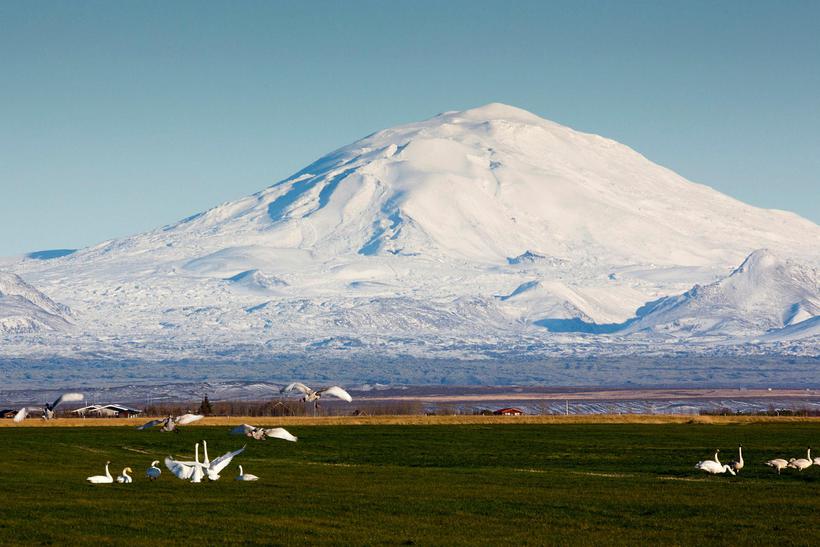
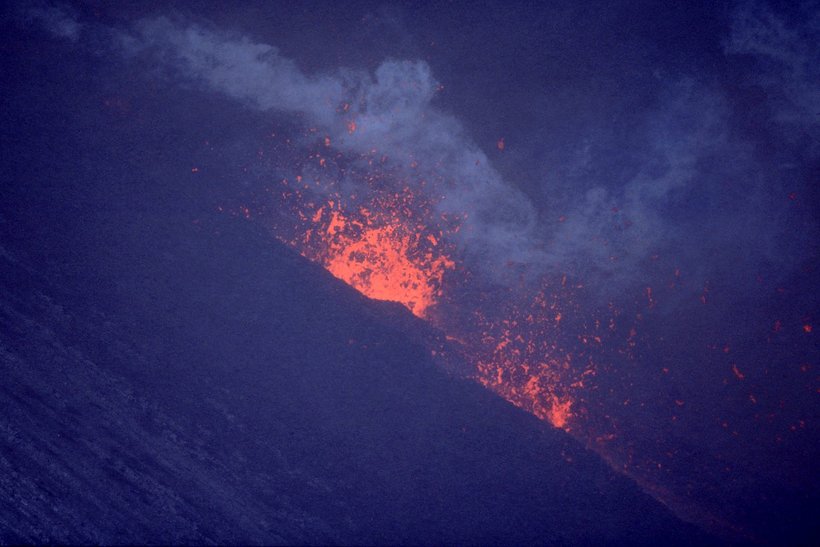
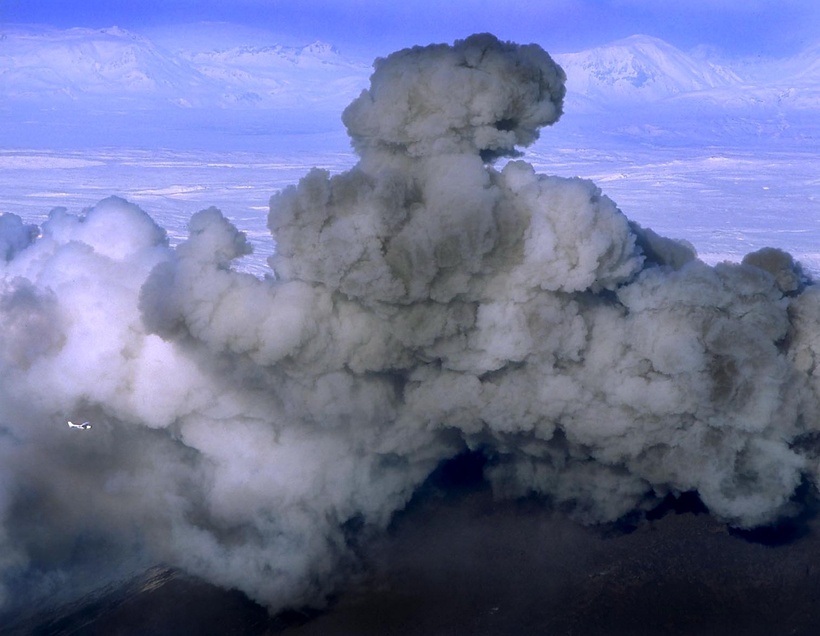
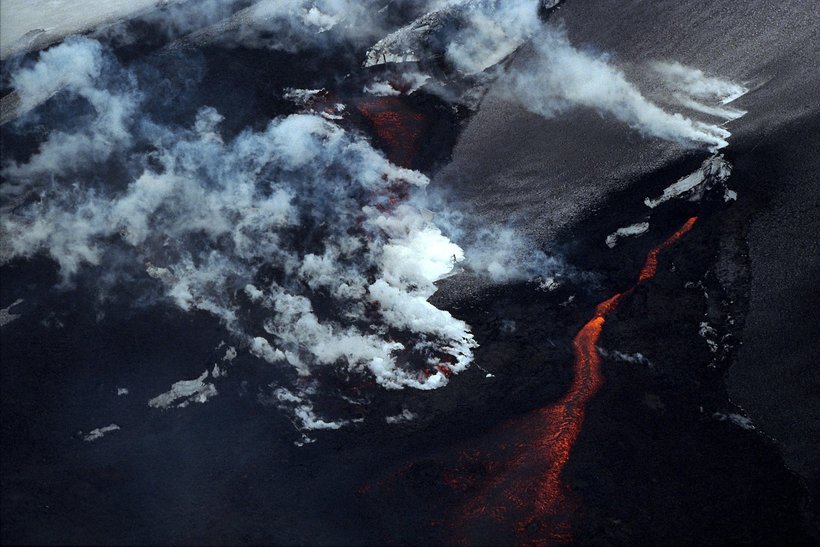
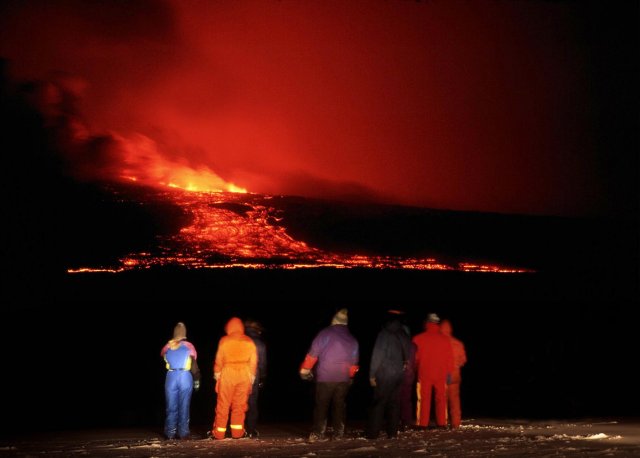




/frimg/1/60/10/1601046.jpg)

